Disclosure: This article contains affiliate links. We may earn a commission from purchases at no extra cost to you, which helps our travel content.
Standing at the edge of a centuries-old stone aqueduct carved into the mountainside, watching water flow through channels that have sustained life on this rugged island for over 500 years, I couldn't help but marvel at the ingenuity of Madeira's early settlers. As a builder by trade, I've always appreciated human innovation that works with the environment rather than against it. These levadas—an intricate network of irrigation channels spanning over 2,000 kilometers across the island—represent exactly that kind of harmony between human needs and natural landscape. What began as a practical solution for water management has transformed into one of Europe's most unique hiking experiences. For a week, my boots traced these ancient waterways through cloud forests, past cascading waterfalls, and alongside dramatic cliff faces that plunge into the Atlantic. For couples seeking adventure with a dash of engineering marvel, Madeira's levada walks offer something truly special.
Understanding Madeira's Levada System
Before you lace up your hiking boots, it's worth understanding what makes these trails so special. As someone who's spent my life in construction, I was immediately drawn to the craftsmanship of Madeira's levada system.
These narrow water channels were first built in the 15th century to distribute water from the rainy north side of the island to the drier south. What strikes me as remarkable is how the original builders worked with such limited technology. Using just hand tools, they carved channels into solid volcanic rock, creating perfectly level gradients that allow water to flow naturally across extreme terrain.
The maintenance paths alongside these channels now form Madeira's most distinctive hiking routes. Walking them is like following the island's lifeblood—these aren't just trails; they're functional infrastructure still used today.
During my exploration, I met João, a third-generation levadeiro (levada keeper) who maintains a section near Rabaçal. He showed me original stone markers and explained how the water allocation system works using the same principles established centuries ago. The levadas represent a masterclass in sustainable resource management that predates our modern conversations about sustainability by half a millennium.
What makes these trails particularly appealing for hikers is their relatively gentle gradient—since water flows best on minimal inclines, most levada walks feature consistent, moderate terrain rather than the steep ascents and descents typical of mountain hiking.

💡 Pro Tips
- Learn a few words in Portuguese to communicate with local levadeiros you might meet along the way
- Download the 'Walk Me Guide Madeira' app which provides offline maps of levada routes
- Always check the current condition of trails before setting out—some can close temporarily for maintenance
Top Levada Walks for Adventure-Seeking Couples
After tackling several routes across the island, I've compiled my favorite levada walks that offer the perfect balance of adventure, natural beauty, and manageable challenge for couples.
1. Levada das 25 Fontes (PR6)
This is Madeira's most famous levada walk for good reason. Beginning at Rabaçal, the trail takes you through UNESCO-protected laurel forest to the spectacular '25 Springs' waterfall. The 5.5-mile round trip takes about 4-5 hours and offers constant visual rewards. The path narrows in sections with some exposure, making it exciting without being overly dangerous.
2. Levada do Caldeirão Verde (PR9)
Starting in Queimadas Forest Park near Santana, this 13-kilometer route leads to the stunning 'Green Cauldron' waterfall. What makes this trail special is the series of tunnels carved through the mountainside—be sure to pack a reliable headlamp as some tunnels extend for several hundred meters in complete darkness. The final waterfall, plunging into an emerald pool surrounded by vertical rock walls, is straight out of a fantasy novel.
3. Levada do Rei (PR18)
For couples seeking something slightly less crowded but equally beautiful, this 'King's Levada' near São Jorge offers a gentler 10-kilometer out-and-back route. The trail follows the levada through dense forest with glimpses of the Santana houses (traditional A-frame cottages) and culminates at the Ribeiro Bonito spring. The constant sound of water and bird calls creates a meditative atmosphere perfect for meaningful conversations.
4. Vereda dos Balcões
If you're looking for maximum reward with minimal effort, this short 1.5-kilometer walk from Ribeiro Frio leads to a stunning viewpoint over the Ribeira da Metade valley. The panoramic vista makes it a perfect spot for a romantic picnic—we spent nearly two hours here just soaking in the view while sharing local cheese and bolo do caco bread.

💡 Pro Tips
- Start early (before 9am) to avoid crowds on popular routes like 25 Fontes
- Pack a romantic picnic lunch to enjoy at scenic viewpoints along the trails
- Consider hiring a local guide for more remote routes who can share insights about local flora and geology
Gear Essentials for Levada Hiking
Having tackled construction sites in all weather conditions, I've learned the importance of proper gear—and levada hiking demands specific preparation. The microclimate of Madeira's mountains means you can experience multiple seasons in a single day.
Footwear
While levada paths are generally well-maintained, they can be slippery and occasionally narrow. I found my waterproof hiking boots to be perfect—they provided excellent grip on wet stones and enough ankle support for the occasional scramble. The waterproofing proved essential when we had to wade through a shallow section where the levada had overflowed.
Weather Protection
Madeira's mountains create their own weather systems. We set out under clear skies from Funchal only to find ourselves enveloped in mist an hour later. A lightweight, packable rain jacket should be in your daypack even on sunny days. I also recommend a sun hat and sunscreen—when the clouds clear, the sun at these elevations is intense.
Navigation
While most popular levada routes are well-marked, cell service can be spotty in the mountains. I relied on my handheld GPS on several occasions when mist reduced visibility to mere feet. Having offline maps downloaded is a safety essential, especially on less-frequented routes.
Water and Snacks
Despite walking alongside water all day, the levada water isn't safe to drink without treatment. Carry at least 2 liters per person, especially on longer routes. The local markets in Funchal offer excellent picnic supplies—we packed Madeiran bananas, local cheese, and bolo do caco (traditional garlic bread) for trail lunches that beat any energy bar I've ever tasted.
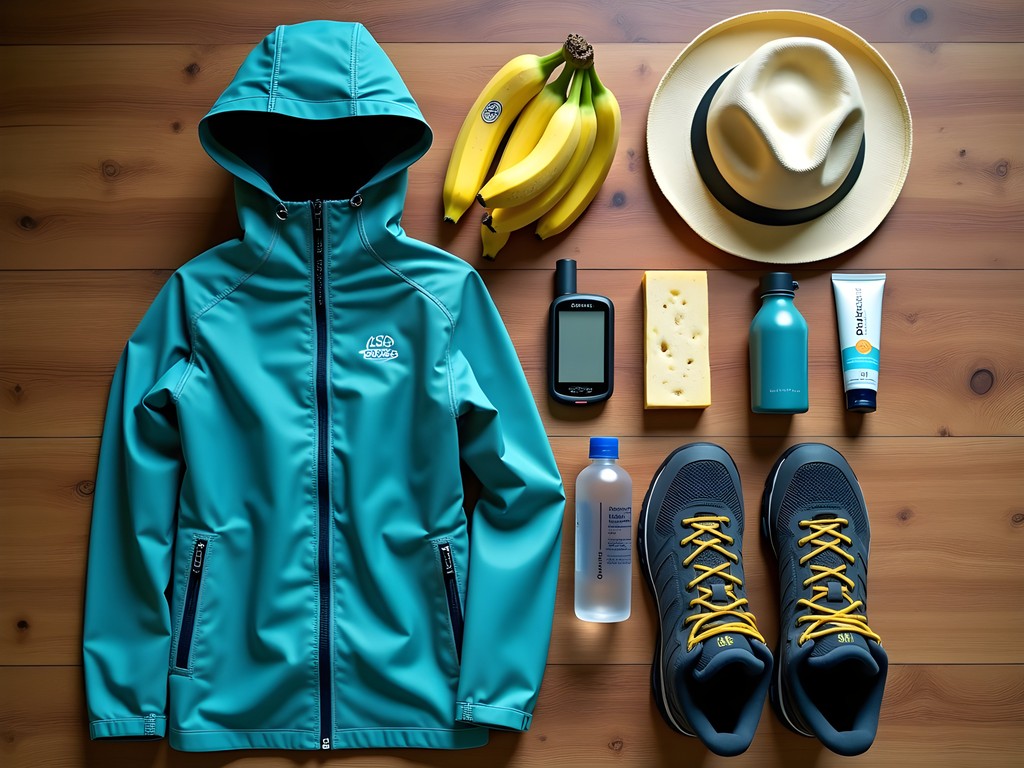
💡 Pro Tips
- Bring trekking poles for additional stability on narrow or slippery sections
- Pack a small microfiber towel for drying off after walking through tunnels where water often drips from above
- Wear layers that can be easily added or removed as you move between sunny exposed sections and cool forest cover
Engineering Marvels Along the Way
As a builder, I found myself constantly stopping to examine how these irrigation systems were constructed. What modern hikers experience as scenic trails began as critical infrastructure projects that shaped Madeira's agricultural development.
The most impressive engineering features are undoubtedly the tunnels. Some extend for hundreds of meters through solid volcanic rock, all excavated by hand in the 18th and 19th centuries. The longest tunnel I encountered was on the Levada do Caldeirão Verde—nearly 800 meters of perfectly straight passage through the mountain, with only small air shafts providing minimal light.
The aqueducts are equally impressive. At Levada do Norte, I marveled at sections where the water channel is suspended along sheer cliff faces, supported by stone archways built without modern equipment. These structures have withstood centuries of rain, winds, and even earthquakes.
Perhaps most ingenious are the water distribution systems. At certain junctions, you'll find small stone structures housing wooden water gates called talhadouros. These simple but effective devices control water flow using the same mechanical principles established centuries ago. Local farmers still receive water allocations measured in hours rather than volume—a testament to traditional knowledge that has endured despite technological advances.
What struck me most was how the builders worked with the natural contours of the land. Unlike modern construction that often reshapes landscapes to suit our needs, levada builders adapted their designs to the mountain's existing features. The result is infrastructure that feels like a natural extension of the landscape rather than an imposition upon it—something we could learn from in contemporary building practices.
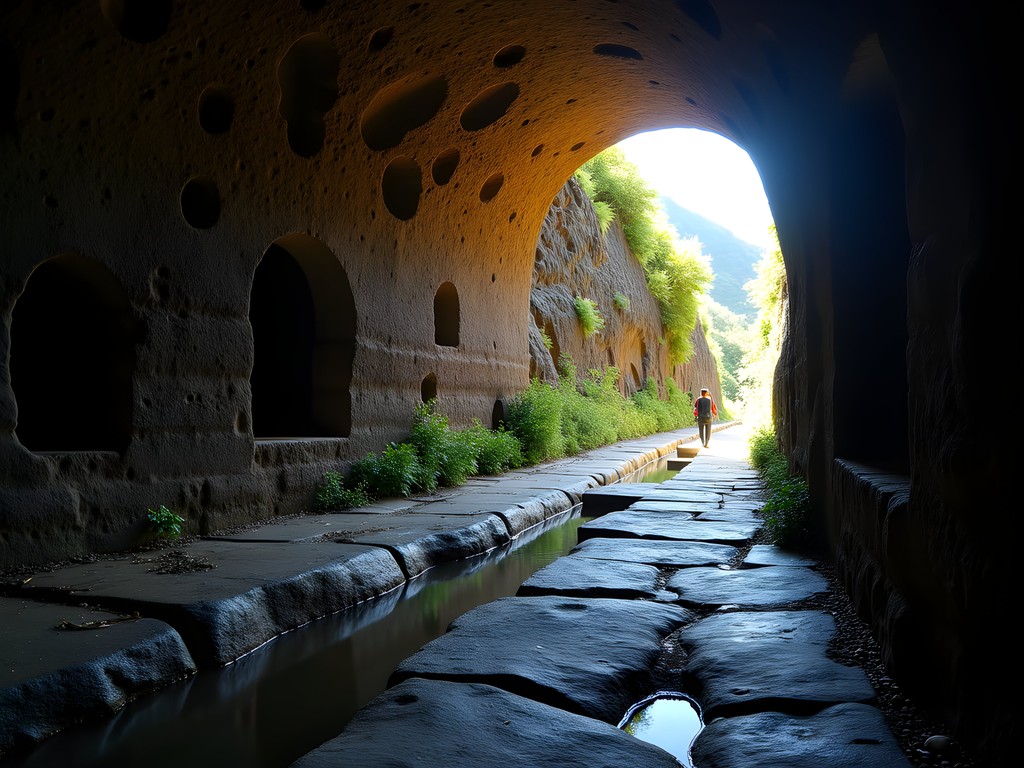
💡 Pro Tips
- Look for the stone markers with numbers that indicate which agricultural plots receive water on which days
- Visit the Casa da Levada museum in Camacha to learn more about the history and construction techniques
- Bring a small flashlight even if your phone has one—you'll want both hands free in the tunnels
Cultural Connections and Local Encounters
Beyond the physical infrastructure and natural beauty, what made our levada walks truly memorable were the unexpected cultural encounters along the way.
On our third day, while hiking the Levada do Castelejo, we came across an elderly man tending to a small plot of land beside the water channel. Manuel, as he introduced himself, was cultivating potatoes, sweet potatoes, and corn on terraced land that his family had farmed for generations. Using rudimentary Portuguese and enthusiastic gestures, we learned how his small farm depended entirely on the levada water delivered twice weekly.
He proudly showed us the wooden water gate system that diverted flow to his terraces and explained how water rights are still allocated based on a system established centuries ago. As a gesture of hospitality, he insisted we take some freshly harvested sweet potatoes—which we later roasted at our accommodation for what remains one of the most delicious meals of our trip.
In more remote sections, you'll notice small shrines built into the rock faces alongside levadas. These often mark spots where workers lost their lives during construction—a somber reminder of the human cost behind these engineering achievements. Local hikers still leave small offerings of flowers or coins at these memorials.
For those interested in deeper cultural connections, I recommend stopping at the small cafés that occasionally appear along more accessible routes. At a tiny establishment near the end of the Levada do Moinho, we tried poncha—the traditional Madeiran drink made from sugar cane rum, honey, and fresh lemon juice. The café owner explained how workers building the levadas were often paid partially in rum rations, a practice that continued well into the 20th century.
These encounters provided context that transformed our hikes from mere scenic walks into deeper experiences of Madeiran culture and history. They reminded me that infrastructure—whether ancient aqueducts or modern buildings—always tells human stories when we take time to listen.
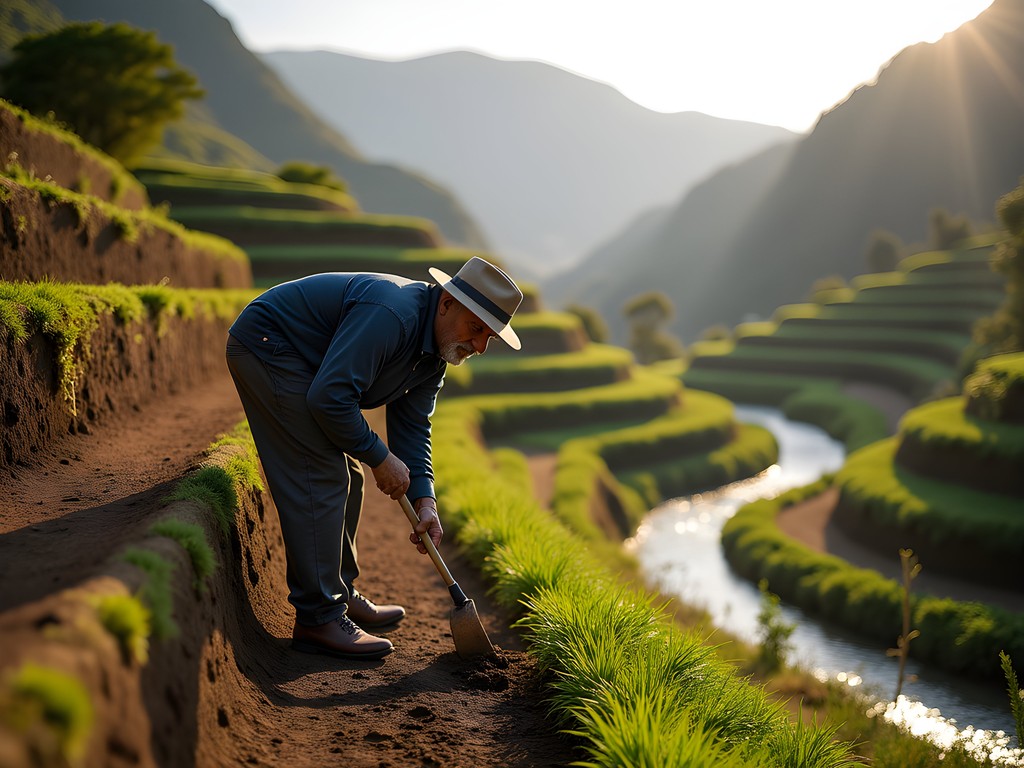
💡 Pro Tips
- Learn basic Portuguese phrases to engage with locals you meet along the trails
- Carry small gifts like chocolate bars to offer in exchange for kindness received
- Ask permission before photographing local farmers or their property
Final Thoughts
As I left Madeira, my builder's eyes had gained a new appreciation for how infrastructure can shape not just landscapes, but entire cultures. The levadas represent a perfect marriage of necessity and ingenuity—created to sustain life on a challenging island, they've evolved into pathways that now sustain tourism while preserving traditional ways of life. For couples seeking adventure that combines physical activity with cultural immersion, Madeira's levada system offers something truly unique in Europe. Whether you're marveling at 500-year-old stonework, sharing a picnic overlooking dramatic valleys, or chatting with local farmers about water management techniques that predate modern engineering textbooks, these ancient waterways connect visitors to Madeira's past, present, and sustainable future. Pack your boots, grab your partner's hand, and follow the water—it rarely leads you astray.
✨ Key Takeaways
- Levada walks offer varied difficulty levels suitable for most hikers, combining engineering marvels with natural beauty
- Early morning starts help avoid crowds and provide the best lighting for photography
- Local encounters along the trails provide cultural context that enriches the hiking experience
- Proper gear preparation is essential due to Madeira's changeable mountain weather conditions
📋 Practical Information
Best Time to Visit
Year-round, though spring (April-June) and fall (September-November) offer ideal temperatures and fewer crowds
Budget Estimate
$75-150 per day per couple (accommodation, car rental, food)
Recommended Duration
5-7 days minimum to explore different regions and levada systems
Difficulty Level
Moderate - Most Popular Routes Are Accessible To Reasonably Fit Hikers

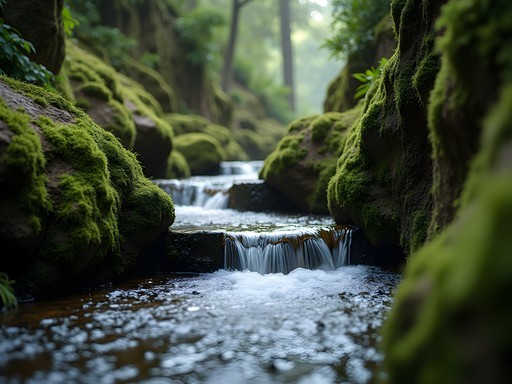


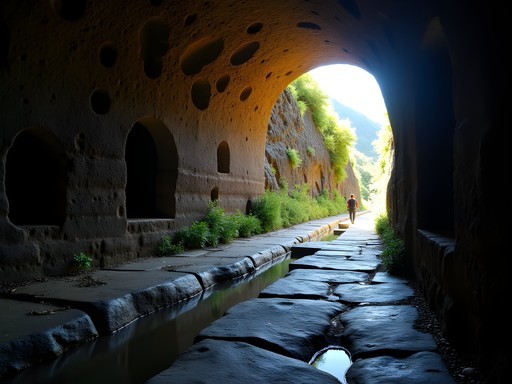
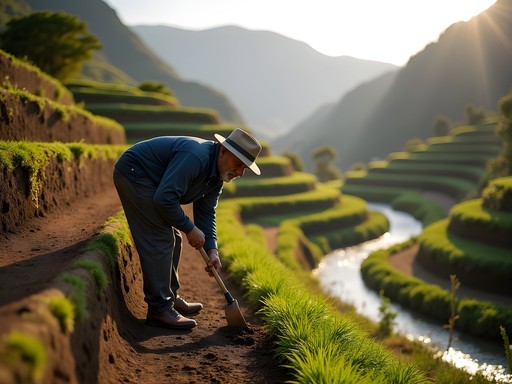


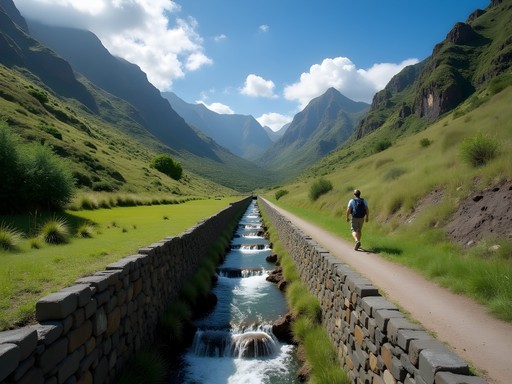

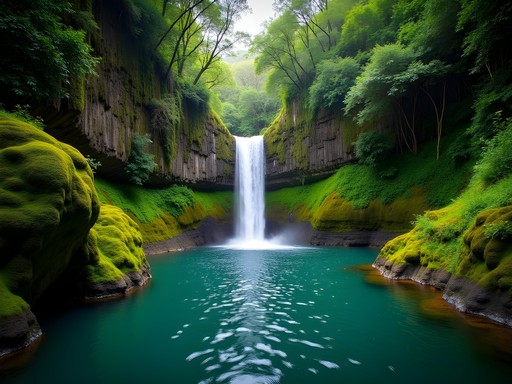
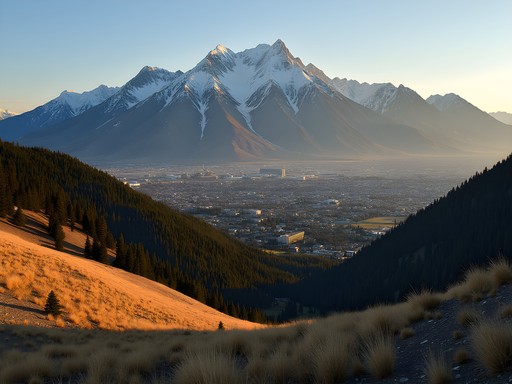

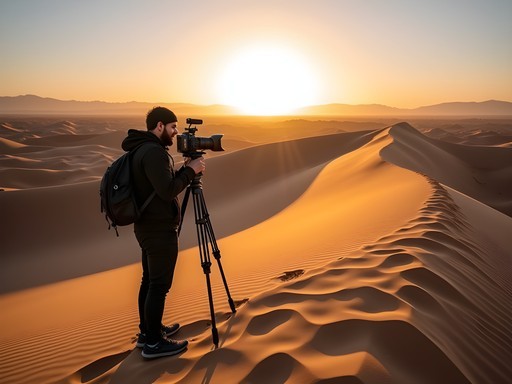
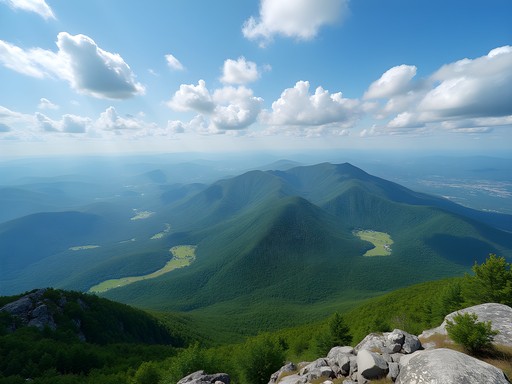

Comments
island_hopper22
Pro tip: Book accommodation in Santana if you're serious about hiking the northern levadas. Saves tons of driving time!
hikingduo
That shot of the tunnel carved into the mountain is incredible! Did you need a strong headlamp?
wanderclimber
Not OP but definitely bring a headlamp! Some tunnels are 800+ meters long and pitch black inside. Phone flashlights aren't enough.
portugal_lover
Going to Madeira next month! How's the public transportation to these trailheads? Trying to avoid renting a car.
wanderclimber
We did public buses to most trailheads. Totally doable but check schedules carefully - some only run 2-3 times daily!
Jean Wells
The buses work but require planning. I used Madeira Bus Guide which has timetables specifically for hikers. For more remote levadas, consider sharing a taxi with other hikers from your accommodation.
Jean Wells
Excellent breakdown of the levada system, Justin. As someone who's hiked extensively throughout Asia, I found Madeira's engineering truly remarkable. The Levada das 25 Fontes deserves its popularity, but I'd add Levada do Rei for those seeking something less crowded yet equally stunning. The laurel forest there is UNESCO-protected and feels prehistoric. One note on gear - while Madeira's climate is mild, I encountered sudden fog and rain on higher elevation hikes. A lightweight waterproof jacket and proper hiking shoes with good grip are absolute essentials. Many sections have slippery stones and unexpected mud patches. The historical context you provided about the water management system really enhances the experience. Understanding the cultural significance makes each step more meaningful.
mountain_explorer
Levada do Rei is such a hidden gem! Way less crowded than 25 Fontes when we went last month.
hike_with_mike
Any issues with vertigo on these trails? I've heard some have pretty steep drop-offs.
Jean Wells
@hike_with_mike Valid concern. Levada do Caldeirão Verde has some narrow paths with sheer drops. Levada do Rei is generally better for those with height concerns. Always research the specific route difficulty beforehand.
wanderclimber
Those levada walks look incredible! Did the Levada do Caldeirão Verde last year and it blew my mind.
Jean Wells
Caldeirão Verde is magnificent! Did you continue to Caldeirão do Inferno? That extension adds another level of adventure.
wanderclimber
No, didn't have time for the extension! Next trip for sure. The tunnels on the main route were dark enough for me though haha
bluenomad
Great post Justin! One tip for anyone planning levada walks - don't underestimate the weather changes in the mountains. We started in sunshine and ended up in thick fog within an hour. A light waterproof jacket is essential even on sunny days. Also, the local buses to trailheads are reliable but infrequent, so screenshot the schedules beforehand. The Rodoeste buses to the western trails were particularly good.
wildlegend
Thanks for the bus tip! Did you need cash for the buses or do they take cards?
bluenomad
They take cards now! But having some cash is always good backup in more remote areas.
springbuddy
Gorgeous photos! Those mountain views are unreal. Adding this to my bucket list!
wildlegend
This looks amazing! I'm planning my first trip to Madeira next month and definitely want to try these levada walks. I'm not super experienced with hiking though - which one would you recommend for beginners? And do you really need hiking poles for these trails?
Douglas Bradley
Not Justin, but I'd recommend starting with Levada do Rei (King's Levada) if you're a beginner. It's about 10km round trip through gorgeous laurel forest with minimal elevation change and no scary drop-offs. As for poles, they're not essential on most levadas but I find them helpful for the occasionally slippery sections, especially if it's rained recently. My trekking poles have saved my knees on many Madeiran descents!
wildlegend
Thanks Douglas! Levada do Rei sounds perfect for my level. Appreciate the recommendation!
bluenomad
Justin, your post brought back so many memories! My partner and I did the Levada do Caldeirão Verde last summer and it was absolutely stunning. Those tunnels you mentioned were definitely an adventure - we almost forgot our headlamps! The engineering really is impressive when you think about how old these systems are. Did you get a chance to try the Levada das 25 Fontes? That was another favorite of ours with all those little waterfalls at the end.
springbuddy
25 Fontes was incredible! But so crowded when we went. Did you go early morning?
bluenomad
Yeah, we got there around 8am and had it mostly to ourselves for the first hour! Definitely worth the early wake-up call.
Hannah Woods
Having hiked levadas across Madeira for over a decade now, I appreciate how Justin highlighted both the engineering and cultural significance of these waterways. They're not just tourist attractions but vital infrastructure still used today. For those interested in the historical aspects, visit the Ethnographic Museum in Ribeira Brava - they have fascinating exhibits on how levadas transformed agriculture on the island. One thing to add: the maintenance workers who keep these systems running are the unsung heroes. I've encountered them repairing sections deep in the mountains, carrying tools for kilometers. Their knowledge of the system is incredible - some families have been levadeiros for generations. It's this living connection to history that makes these walks so special beyond just the scenery.
Venture X
Premium card with 2X miles, $300 travel credit, Priority Pass